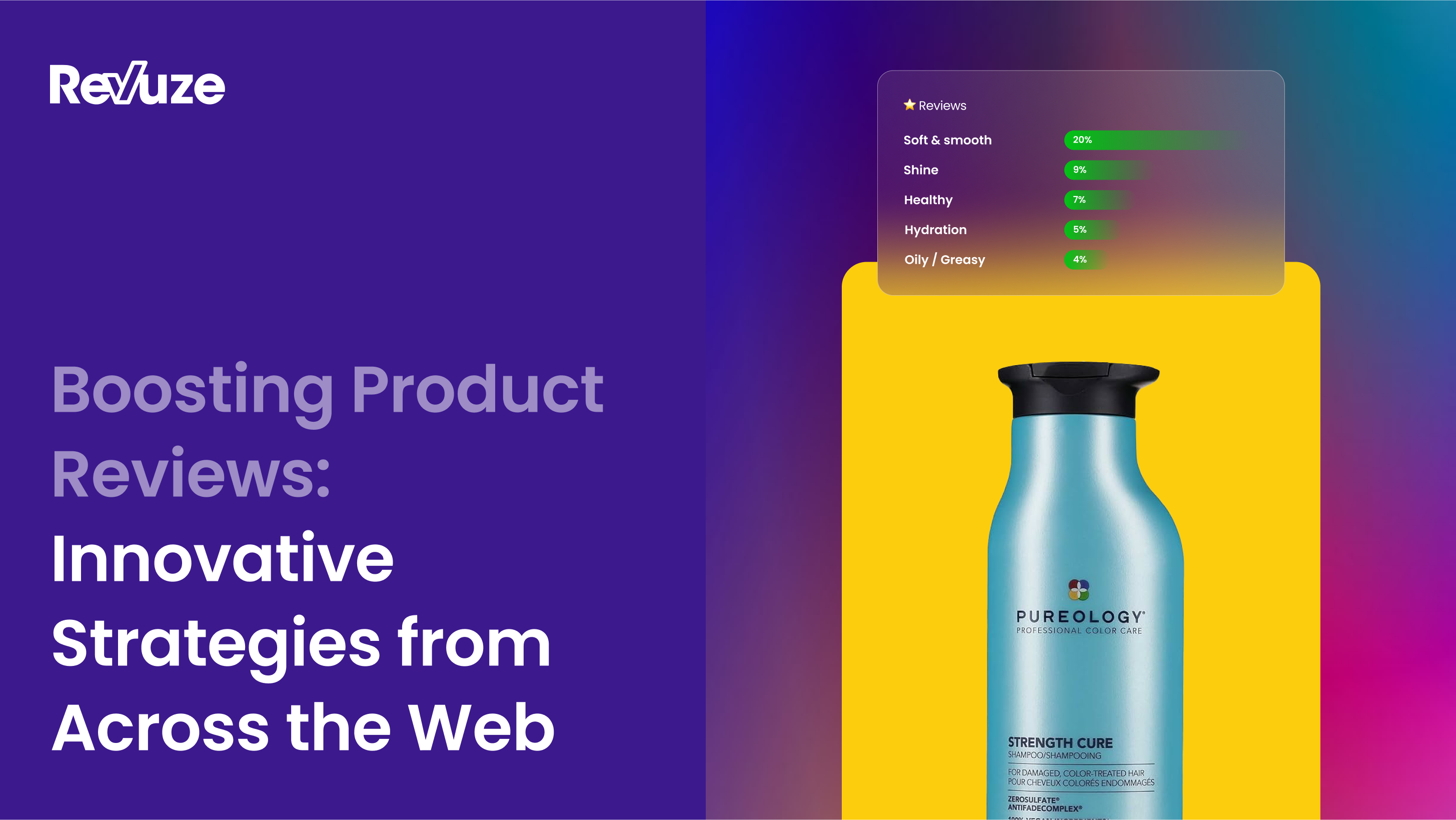
Time to market (TTM) is a key metric for increasing a new product’s chances of success. Learn about the importance of TTM and discover strategies your business can use to accelerate product development cycles.
Today’s business landscape moves fast.
Your company’s ability to bring a product to market quickly can be the thing that makes or breaks your product’s launch.
This is why it’s become common practice for businesses to focus on time to market, a metric that measures how long it takes for a company to release a product.
A faster time to market can lead to competitive advantage, brand recognition, and higher revenue – all highly desirable outcomes.
In this article, we’ll cover this critical metric, discussing what it is, how to measure it, and some key techniques for accelerating it.
What is time to market?
Time to market (TTM) is a metric that measures how long it takes for a company to bring a product through the entire launch cycle from initial ideation to market release.
For example, if you come up with the idea for a new product on January 1st and launch it on July 1st, your TTM will be six months, or two quarters.
Time to market is an important measure in fast-moving, agile industries.
Bringing a product to the market first can offer a significant competitive advantage (often called first mover advantage), giving you enough time to win brand loyalty and recognition before your competitors release a competing product.
On the other hand, a slow TTM might mean that your product will be lost in the fray by the time it’s released, leaving your company in the weak position of playing catch-up.
This is why many businesses prioritize time to market as an important KPI.
While it’s important not to sacrifice quality for the sake of accelerating TTM, doing so the right way can have a number of benefits including:
- Higher revenue – The sooner you can bring your product to market, the sooner you will be able to earn revenue from it, especially if there is minimal competition within the market
- Lower costs – The less time your product spends in the costly development stage, the lower your total cost will be of producing it, making the product more profitable
- Higher market share – With less competition, your product is certain to capture a higher share of the market
- Brand reputation – Instagram Reels may be a successful imitator of TikTok, but audiences continue to associate the short-form vertical video format with the company that first made it popular. This demonstrates how much first-mover advantage can impact your brand’s recognition and reputation.

What is TTM vs. GTM?
Another term related to time to market is go-to-market or GTM. While time to market is a metric measured by an amount of time, GTM refers to a strategy.
Specifically, a company’s go-to-market strategy is the methodology they apply to introducing and marketing a product to potential customers.
GTM includes everything from marketing and advertising to sales and distribution. A strong GTM strategy is an essential part of a product’s success, helping a business drive sales by better reaching its target market and generating demand for a product.
TTM and GTM can have a significant impact on one another. A well-planned GTM strategy has the ability to shorten TTM by creating early demand for a product, enabling companies to execute helpful market research, gather customer feedback, and even pre-sell products.
Conversely, a shorter TTM can enable sales by ensuring that a product enters a less competitive market, making GTM easier. For success with a new product, TTM and GTM are both important factors to consider, both helping the launch process go smoothly.
How to measure TTM
The good news is that measuring TTM is quite straightforward as long as you keep accurate records about your product development process. Your TTM will be measured in time, whether that is days or weeks (less likely) or months or years (more likely).
There are several options for exactly how to measure the TTM period. Potential starting points for measuring TTM include:
- When an idea is first mentioned.
- When your business decides to move forward with an idea.
- When an idea is approved.
- When the project is first assigned resources, including personnel and budget.
Potential endpoints for measuring TTM include:
- When the product goes into manufacturing.
- When the product first hits the market.
- When the first sale is made.
It’s ultimately up to your company how you want to define TTM for your own internal purposes, but it’s a good idea to stay consistent from product to product. This will help with your internal benchmarking, allowing you to more accurately compare the TTMs of different products.
How to accelerate TTM
With how much of an impact TTM can have on your product’s success, it’s standard for companies to aim to create processes and initiatives that help reduce, or accelerate, TTM. There are many different strategies and approaches that a business can take in order to become faster and more efficient in the product development process. We explore some of the most relevant and popular techniques below.
1. Assigning more resources to the product
The more resources you can dedicate to a project, the faster it’s likely that the development cycle will take.
More budget and more people allow you to increase work capacity, enable multiple teams to work on different parts of the project in parallel, and help employees focus better to produce better quality work.
However, it’s important to ensure these resources are used effectively and efficiently, as more people also require more coordination and improved communication.
2. Release an MVP

While it can be tempting to wait until a product is absolutely perfect before release, this can significantly slow down TTM. Enter the concept of MVP: a minimum viable product.
This strategy involves releasing a product with the minimum features needed to satisfy early customers and gathering feedback for further improvements. It can help companies test the viability of a product while reducing TTM.
3. Streamline workflows
One of the most important things you can do to accelerate TTM is to optimize and streamline your workflows.
The more steps and blockers employees face in their jobs, the slower the development process will be.
Similarly, do what you can to minimize the number of approvals required to begin working on something. Multiple approvals from many different stakeholders are often redundant and lead to unnecessary wasted time.
4. Use automation
One thing that can make your workflows much faster and more efficient is automation. Modern technology can automate many different repetitive tasks, freeing employees up to work faster and focusing on more strategic, needle-moving tasks.
That’s not to mention the fact that delegating more tasks to computers and AI helps reduce human error, further contributing to increased efficiency.
5. Do your research
The more market research you can do upfront, the better understanding you can develop of the marketplace you’ll be launching your product into. This can help you get things right the first time and avoid mistakes that will cost your team a lot of time (not to mention money).
AI-powered market research platforms like Revuze can deliver insights in just hours, helping you design a GTM strategy that will enable as fast a TTM as is reasonable.
This success story from leading grill-maker Char-Broil goes into detail, explaining how automating market research boosted revenue and accelerated TTM.
6. Take an agile approach
Agile is a product development methodology originating in the high-tech world that focuses on enabling teams to work more efficiently and respond to change with flexibility.
The principles of agile, including breaking down projects into small manageable tasks, receiving continuous feedback, ongoing testing and Q&A, adaptability, and empowering team members, can all help contribute to a faster TTM.

7. Consider outsourcing
Another strategy that can help speed up your development process is outsourcing to external partners.
When doing so, you gain access to people with specialized expertise. Further, outsourcing allows you to quickly scale your team up or down in accordance with your needs without having to spend the time and money required to hire and train new employees.
In general, external partners are often able to provide services at a lower cost than hiring a full-time employee would incur, meaning you can spend resources more efficiently and receive more bang for your buck.
8. Prioritize communication
Product development requires many different employees and teams to collaborate efficiently and effectively toward the same goal. Strong communication is absolutely essential to achieving successful collaboration.
Stakeholders effectively communicating the requirements for a product helps reduce misunderstandings, revisions, and delays. Effective communication can also help improve risk management and ensure that feedback is received and acted upon quickly to improve the quality of the product.
9. Reduce silos and bottlenecks
One major obstacle to fast TTM is the bottlenecks and silos that can exist in large organizations. In order to work together effectively, every team member and individual working on the development of your product should have open lines of communication and clear guidelines for how to cooperate and collaborate effectively.
Transparency and free-flowing information are key to making sure that workflows flow freely and blockers don’t hold up a project and cause unnecessary delays.
Conclusion
Time to market is a critical metric that can have a significant impact on the success or failure of a product release.
By prioritizing and striving to accelerate your TTM, you can improve your market share and enjoy a more profitable product.
The right partners, technology, and strategies for improving communication, agility, and workflow can all contribute to a much faster TTM and, in turn, a more successful product launch. And you know what else can help you create products that perfectly fit your user base? Collecting customer intelligence to understand your customers’ wants and needs. Read more about it in this article.
 All
Articles
All
Articles Email
Analytics
Email
Analytics








 Agencies
Insights
Agencies
Insights